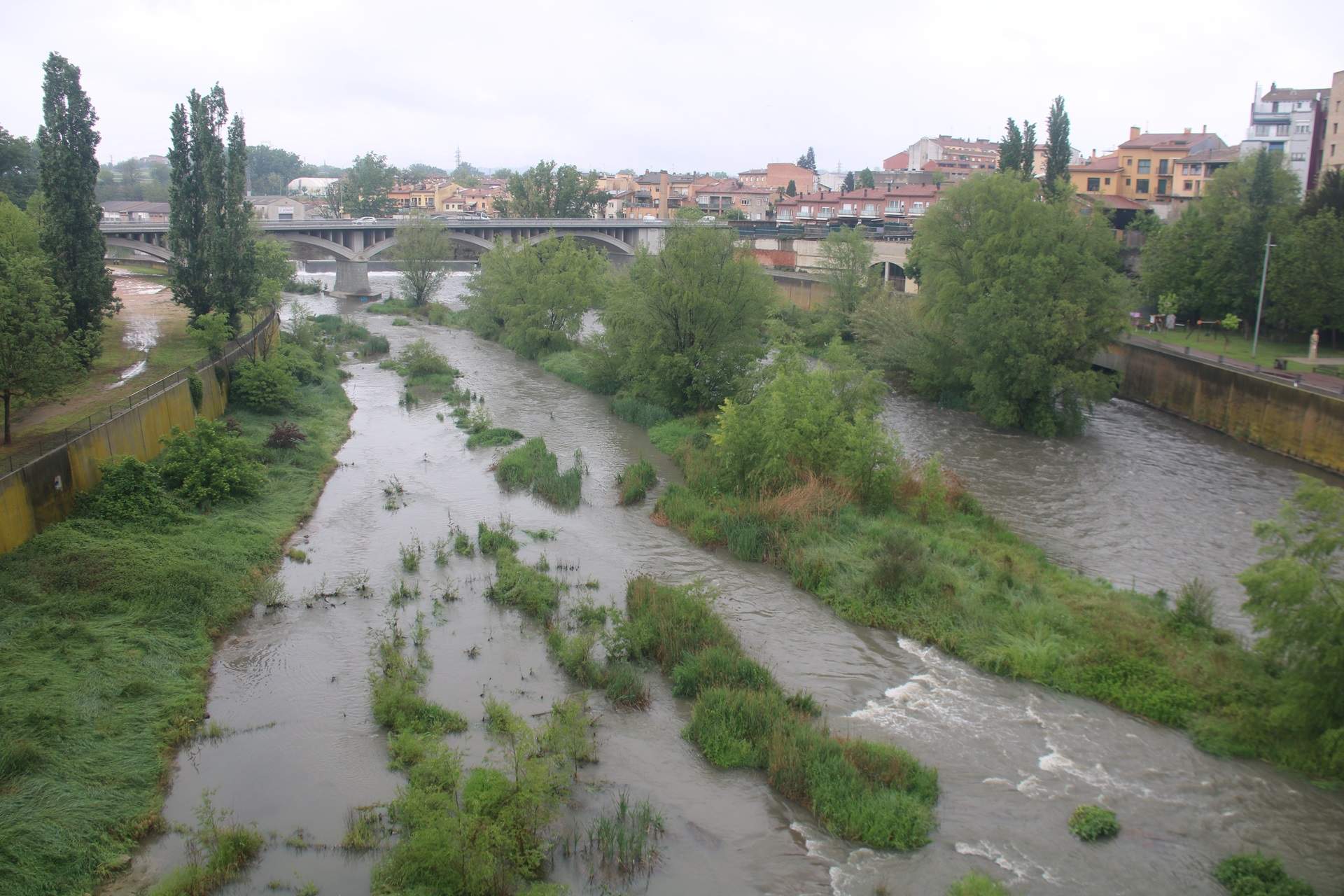The rains of the last few days of this month of April have offered a respite from Catalonia's three year drought. This Monday, 29th April, was the rainiest day in Catalonia since November 23rd, 2021, according to data from the Meteorological Service of Catalonia (SMC). Thanks to this precipitation, the reservoirs of the internal catchment basins - which cover the eastern half of Catalonia - have increased their water reserves by 2 hm³ in just two days. Thus the total volume of water in these internal basins has risen to 18.3% of capacity, according to data updated to Monday by the Catalan Water Agency (ACA). Five months have gone by since the internal basins were last at this level of capacity: specifically, the date was November 22nd, 2023. Meanwhile, river levels in the internal catchments increased significantly during the episode, creating flood risks in some areas, but these are now normalizing. The ACA has ended the hydrological risk warning due to the increased flow of the Llobregat river, at both Papiol and Sant Vicenç dels Horts. The flow is still higher than usual, but it no longer poses a risk. River levels will remain higher than normal for a few hours, which is why precautions must be taken.
As for the reservoirs in the Ter-Llobregat system (those at Sau-Susqueda, la Baells, Sant Ponç and la Llosa del Cavall), in these two days they have gained 1.78 hm³ and risen to 19.3% - as recently as last Saturday they were at 18.9%. Since the rainy weather is not yet over, the reservoir levels could rise even more in the coming days.
Volume as % of capacity for Catalan internal catchment basins since 2019: click on dropdown list to select individual reservoirs.
Reservoirs are filling
The most critical point for the internal Catalan basins was reached at the beginning of March, when they fell to 14.3% of their capacity. Since then, several episodes of rain have sprinkled - and even soaked - the country in March and April, raising water levels in the reservoirs in this critical part of Catalonia in terms of population: the five reservoirs of the Ter-Llobregat system serve 202 municipalities with a population of more than 6 million people.
Currently, among the reservoirs supplying the metropolitan area of Barcelona, the recovery of reserves at Susqueda (Osor) stands out, up to 26.3% with 61.3 hm³ of accumulated water; as well as La Baells, which also reaches 26% and 28.5 hm³, and Sant Ponç (Clariana de Cardener), which reaches 31.24% of its reserves with 31.2 hm³ of water. Sau (Vilanova de Sau) remains at a low level of 2.33% of its capacity because it is currently transferring its reserves to nearby Susqueda to guarantee the quality of the water stored in the second reservoir.
The rainiest day in Catalonia in the last two and a half years
Monday's rains gave Catalonia its rainiest day since November 23rd, 2021. At six in the afternoon it was still raining in a large part of the territory. Snow also made an appearance in the high points of the Pyrenees and at stations such as Certascan, at 2,400 metres of altitude, depths of more than one metre built up. The central and northern part of the Catalan coast had the highest rainfall figures for the first part of the day and until mid-afternoon.

